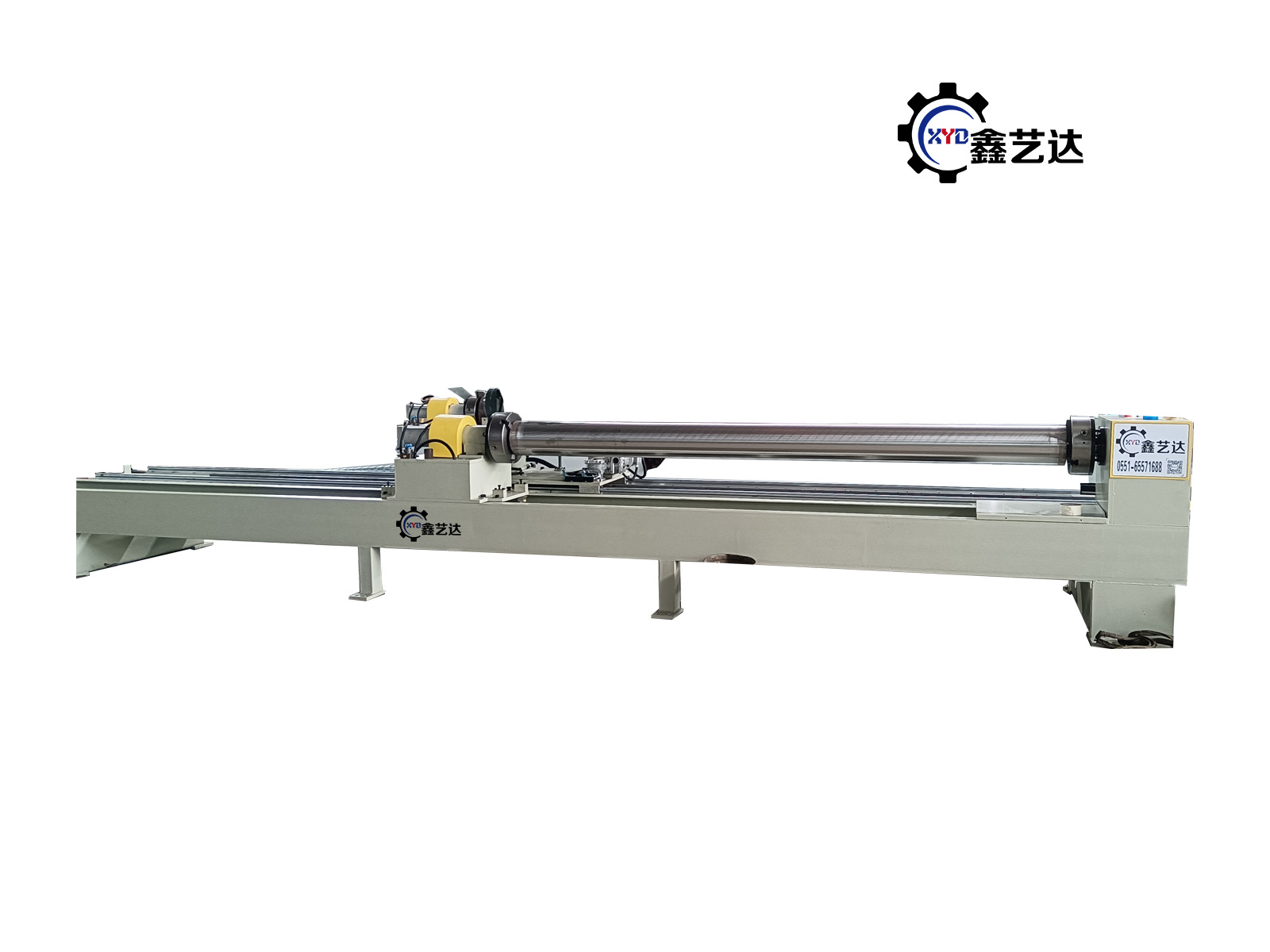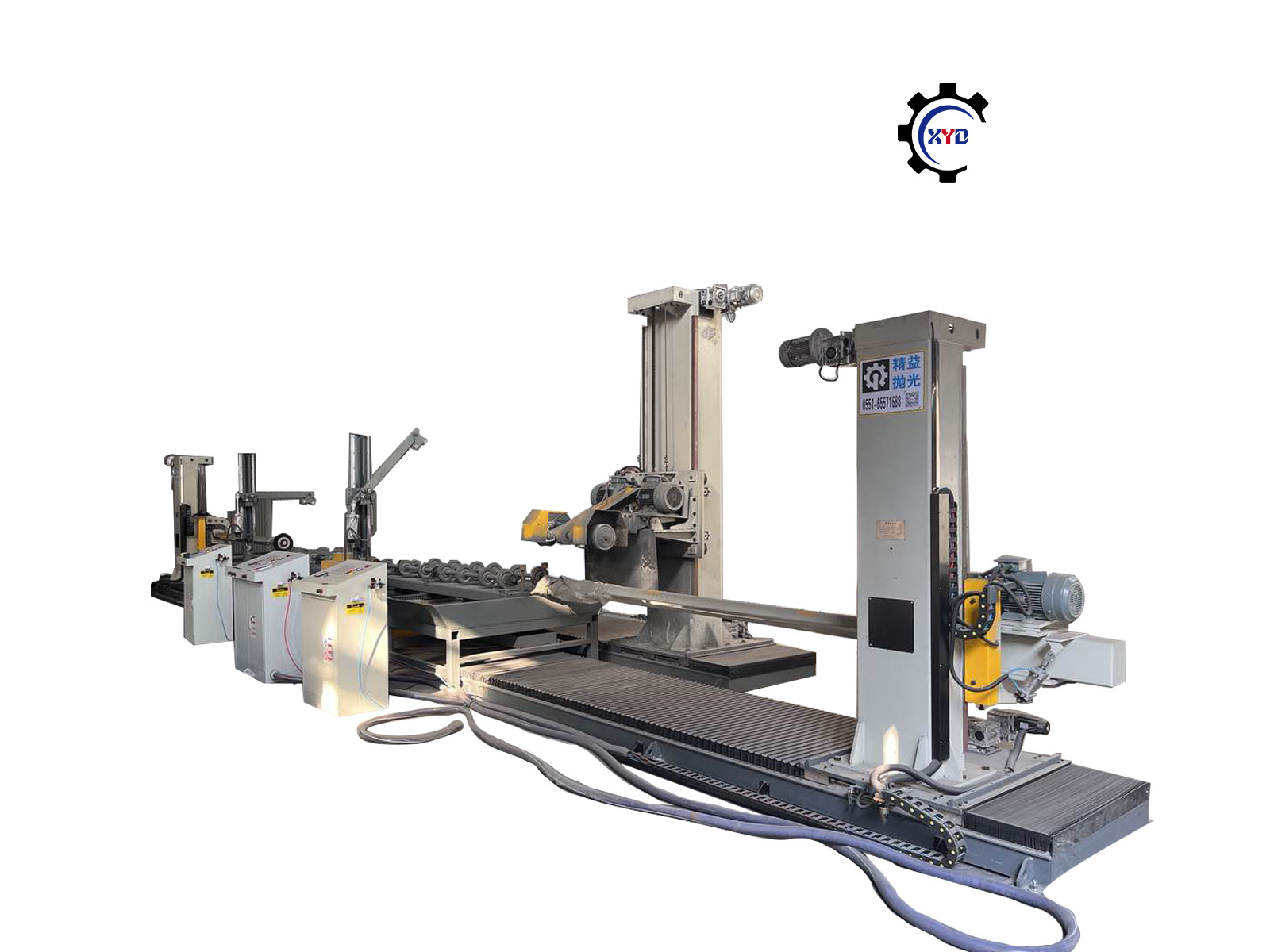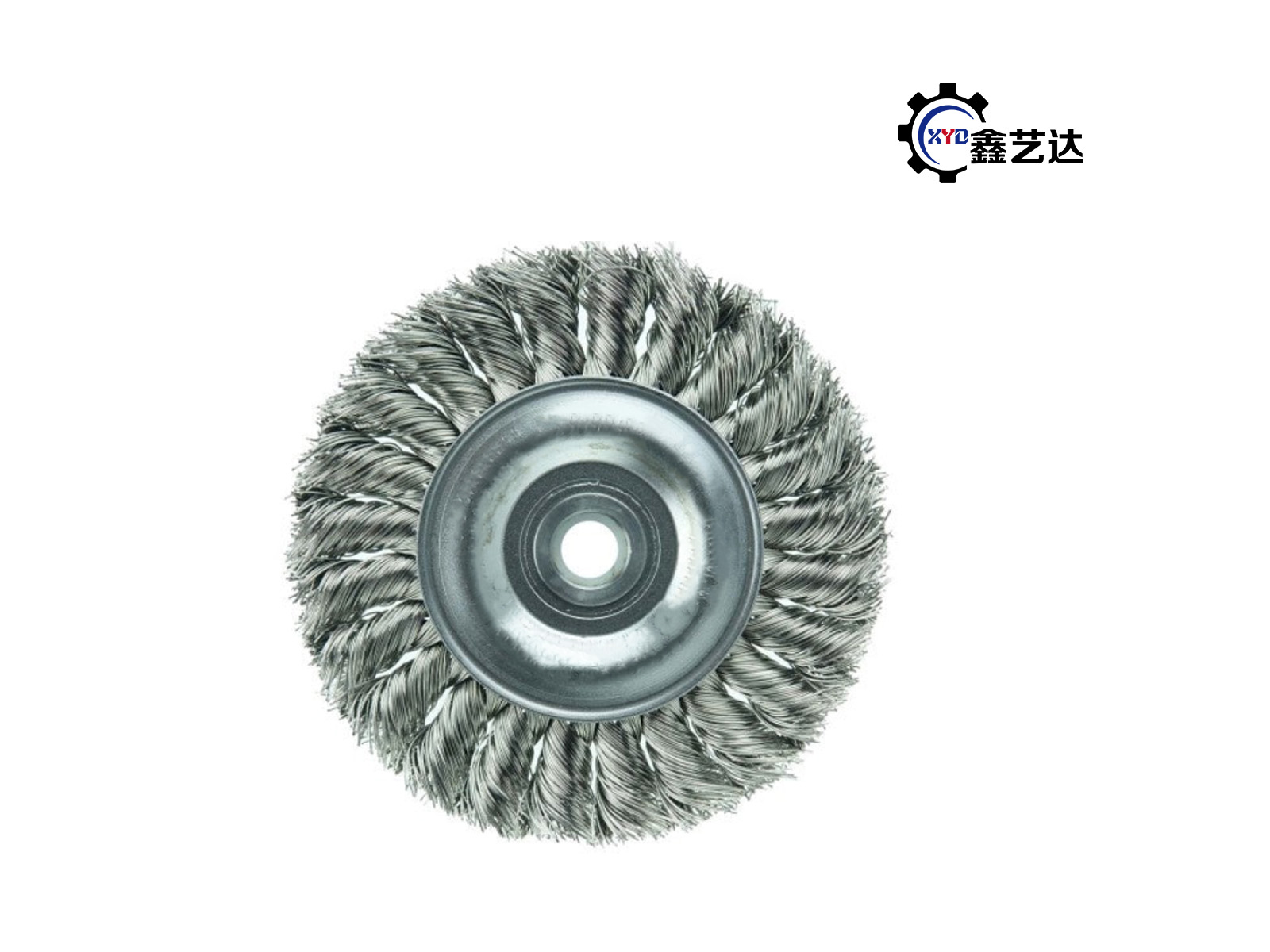automatic polishing machine
Publish time:2024-07-16 11:13:10 Popularity:0 Source:未知来源
Automatic Polishing Machine Operation Guide and Tips
I. Equipment Composition and Functions
Core Components:
Base: Provides stable support
Polishing Head: Core processing component (adjustable pressure/speed)
Workbench: Equipped with multi-functional clamps (supports fixing irregularly shaped parts)
Intelligent Control System: Integrated PLC + touchscreen operation interface
Advanced Configuration:
Automatic thickness measurement system (optional)
Dust extraction and environmental protection device
Visual positioning system (high-precision processing)
II. 5 Key Tips for Optimizing Polishing Processes
Three-Stage Polishing Method:
Stage Abrasive Grit Size RPM Objective
Coarse Polishing 80-150# 1200-1500 Remove machining marks
Medium Polishing 240-400# 800-1200 Transition to smoothness
Fine Polishing 600-1000# 400-800 Achieve mirror-like finish
Pressure Control Guidelines:
Metal Materials: 0.2-0.5 MPa
Plastic/Acrylic: 0.1-0.3 MPa
Ceramic: 0.3-0.6 MPa
Temperature Management:
Equipped with an infrared thermometer (recommended to control below 60°C)
Use coolant (water-based/oil-based option)
Path Optimization:
Adopt a “spiral involute” polishing trajectory
Maintain an overlap rate of 30%-40%
Consumable Selection Guide:
Stainless Steel: Diamond grinding paste + non-woven cloth wheel
Aluminum alloy: Aluminum oxide abrasive + wool wheel
Glass: Cerium oxide polishing liquid + polyurethane pad
III. Intelligent operation process
Preparation stage:
Conduct equipment inspection (lubrication/fasteners/circuitry)
Workpiece 3D scanning modeling (optional)
Safety monitoring:
Install emergency stop device (safety distance ≤1m)
Equip with a light curtain protection system
4. Common Problem Solutions
Surface Waves:
Check spindle runout (should be <0.01mm)
Adjust polishing wheel dynamic balance
Edge Over-Polishing:
Enable edge compensation function
Reduce pressure in the boundary area by 20%
Efficiency Improvement:
Adopt a multi-station design
Achieve automated loading/unloading (cycle optimization)
5. Maintenance and Inspection Plan
Daily Maintenance:
Clean polishing residues (after each operation)
Check the sealing of air and oil lines
This guide applies to precision polishing of most metal and non-metal materials. Special materials require separate process solutions. For professional technical support, please contact the equipment manufacturer for customized solutions.
- 2025-09-26 Why Do Pressure Vessels Need Polishing?
- 2025-09-24 What are the types of circular tube polishing machines
- 2025-09-05 Cylinder Polishing Machine
- 2025-09-02 Stainless Steel Surface Roughness (Ra) vs Sanding Belt Grit Guide (Polishing Stainless Steel)
- 2025-08-26 What are the consumables for polishing machines?
- 2025-07-11 Common Polishing Machine Operational Problems and Their Solutions
- 2025-06-17 Sequence of attention when checking and repairing automatic polishing machines
- 2025-06-06 Flat polishing machine mirror surface processing technology of the discussion
Online Message
Contact information
QR code









 QQ Customer Service
QQ Customer Service